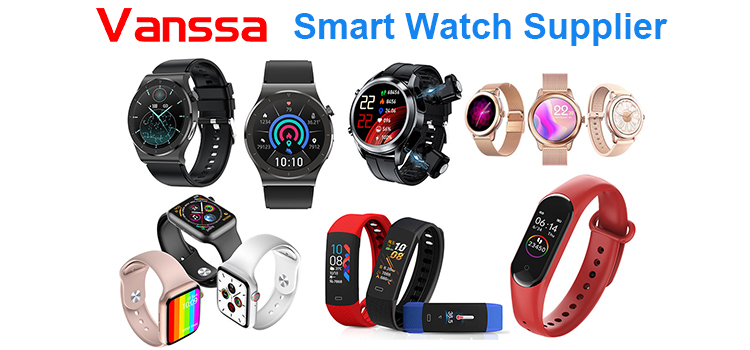What is a wearable device
Wearable Devices, to be precise, are smart wearable computers. "Father of Wearable Devices" - Steve Mann (Steve Mann) began research in related fields as early as the 1970s, and in 1998 "Definition of Wearable Computers" (Definition of Wearable Computers) Computer) gives a clear definition of wearable computer: "Wearable computer should be continuous, it is always in work, standby or storage state; wearable computer should actively provide services and enhance human perception; at the same time It should be able to filter out useless information."

The concept of wearable devices
Wearable device refers to the application of wearable technology to intelligently configure people's daily wear, and implant various sensing, recognition, connection and cloud services into people's glasses, watches, bracelets, clothing, shoes and socks, etc. In daily wear, as shown in Figure 1-1, the user's perception ability can be expanded through these daily wear, and the devices generally have the characteristics of beautiful appearance, fashion, and easy to wear.
At present, the more common products on the market are Google Glass (Google Project Glass), Samsung Galaxy Gear watch, Apple Watch, Nike Fuelband sports wristband, Nike+Traning smart shoes, etc. These products are concentrated on the head, wrist and feet. These are easy to notice, however, the development potential of wearable devices is not only that, in the future human implantable wearable devices will be a new field.
Characteristics of Wearable Devices
From the definition of wearable device, it can be found that a wearable device is worn and controlled by the user, and can continuously operate and interact. And wearable devices like smart glasses, smart watches, and smart wristbands generally have 4 basic operational attributes and 5 basic attributes.
Basic Operation Properties
The 4 basic operational properties of wearable devices are as follows.
Constancy: The wearable device is always running and interacting with the user all the time. For example, a smart wristband will always record the user's exercise data and display the user's exercise progress, while the same exercise data recording is much more troublesome with a mobile phone. Most mobile phones need to be unlocked to achieve interaction, so wearable devices It truly realizes the signal flow "from person to equipment, from equipment to person".
Augmentation: When the user is doing something, the wearable device can run and serve the user at the same time. For example, Emotient has launched an app called Sentiment Analysis, which uses Google Glass to analyze people's most subtle changes in expressions to infer their true feelings, as shown in Figure 1-2. From the current application point of view, the use of wearable devices can greatly enhance the user's senses and improve work efficiency through analysis.
Mediation: Mobile phones and tablets are considered handheld devices, while wearable devices can be used as body equipment. The device can measure human physiological indicators through contact with the skin, thus truly realizing the integration of human and device. In addition, wearables can filter out some unwanted signals, such as advertisements, and then slowly change our perception of reality in a gentle way.
Privacy: Wearable devices can protect our privacy like the clothes users wear every day. When users use mobile phones or computers, their privacy may be spied on by others, but the privacy of wearable devices is something that others cannot see. and it cannot be operated by others without the user's permission.
Basic properties
The 5 basic properties of wearable devices are as follows.
Unmonopolizing of The User's Attention: Many people are addicted to computers and mobile phones. The so-called addiction means that computers or mobile phones occupy most or even all of the user's attention for a long time, and they feel unwilling to leave; Wearable devices are not like computers and mobile phones. For users, interaction is used to mediate sensory abilities. Even after wearing them for a certain period of time, users will ignore the existence of the device.
Unrestrictive to The User: The user is not restricted when using the wearable device. For example, users can use the device while running, and the device will not affect your run. In addition, wearable devices are basically waterproof, so there is no need to worry about water damage to the device like a mobile phone or computer.
Controllable by The User: In the case of automatic operation of wearable devices, users can still control these devices at any time.
Attentive to The Environment: The current development pays attention to green, environmental protection, and sustainability, so the manufacture of wearable devices will also be more environmentally conscious, not only using energy-saving and environmentally friendly materials, but also using various modes of equipment. All kinds of sensory experiences are equally important with environmental protection.